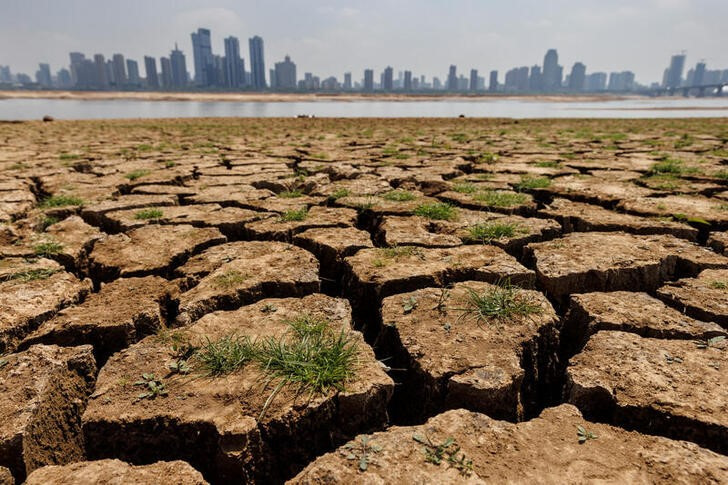The Kenya Meteorological Department (KMD) has announced that there is a high probability of El Nino conditions being experienced in the country from October to December.
In an update dated July 30, the weatherman noted that the El Niño and La Niña events (collectively referred to as the El Niño–Southern Oscillation ENSO) which have been in the neutral phase since March have now transitioned to El Niño.
El Niño is often associated with heavy rains and floods during the October-November-December (OND) season especially in East Africa.
“The tropical Pacific atmospheric anomalies are consistent with weak El Niño conditions which are expected to strengthen in the coming months. Based on model predictions and expert assessment, there is a very high likelihood (approximately 90% chance) of El Niño to prevail during the remaining part of the year and may extend into early 2024’ said Director of Meteorological Services Dr. David Gikungu.
KMD however, said the outcome of the rainfall that is usually above average during the phenomenon is determined by the strength of the El Niño and other drivers such as the Indian Ocean Dipole (IOD) as well as local factors.
The director further revealed that the Indian Ocean Dipole (IOD) which is currently neutral is projected to become positive from August throughout the OND season, hence heavy rainfall.
“A positive IOD is associated with above-average rainfall in Kenya during the OND season. The IOD is currently neutral and is projected to become positive in August and remain positive in September and throughout the OND season” he said.
Kenya last experienced the effects of El Nino in 1997, resulting in exceptionally heavy rainfall and devastating floods, which was a combination of El Niño and a positive IOD.
However, the effects of these two phenomena on the OND season vary from one year to the other.
The subsequent El Nino in 2015 had a higher index but led to lower rainfall, causing less significant effects than initially anticipated.
“A combination of El Niño and a positive IOD leads to above-average rainfall during the OND season, as was the case in 1997. However, the effects of these two phenomena on the OND season vary from one year to the other. For example, 2015 was both an El Niño and a positive IOD year but the country did not experience as much rainfall as was experienced in 1997” MET said in the update.
“A positive IOD on its own can also lead to above-average rainfall in the country as was the case in OND 2019,” Gikungu said.
The analysis also highlighted the significant influence of ENSO (El Niño-Southern Oscillation) conditions on the JJAS (June, July, August and September) season’s rainfall patterns in Eastern Africa.
Specifically, the weatherman said El Niño events during JJAS are more likely to result in below-average rainfall.
“Currently, most forecast models predict the development of an El Niño event during the JJAS season, indicating a higher probability of below-average rainfall,” he said.
He assured Kenyans that they will be informed of any developments through regular updates.
“KMD will continue monitoring the situation and issue updates on the expected conditions during the OND 2023 season”.
EXPLAINER-What is an IOD
- Indian Ocean Dipole (IOD) is defined by the difference in SSTs between the Western and Eastern parts of the Indian
- A positive IOD is characterised by warmer than average SSTs over the Western Indian Ocean adjacent to the East African Coast and cooler that average SSTs over the Eastern Indian Ocean South of Indonesia.
- A negative IOD is characterised by cooler than average SSTs over the Western Indian Ocean and warmer than average SSTs over the Eastern Indian Ocean.
- A positive IOD is associated with above average rainfall in Kenya during the OND season.
WHAT IS ENSO
- El Niño and La Niña events (collectively referred to as the El Niño–Southern Oscillation or ENSO) are driven by the changes in sea surface temperatures (SST) over the equatorial Pacific Ocean.
- During El Niño, SSTs in the central and eastern Pacific Ocean become warmer than average, while La Niña is characterized by cooler than average SSTs in the same regions.
- El Niño is often associated with heavy rains and floods during the OND season especially in East Africa.



